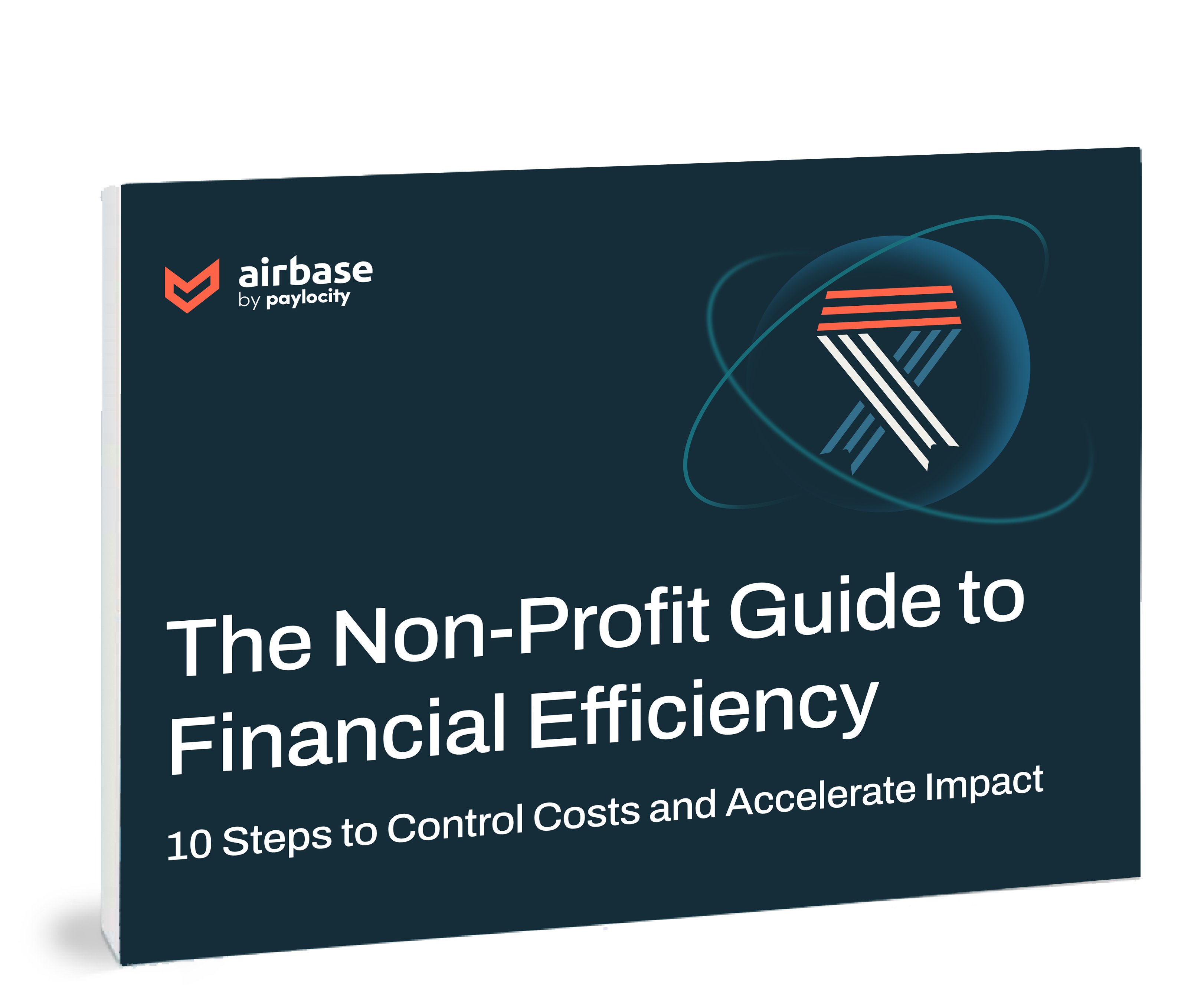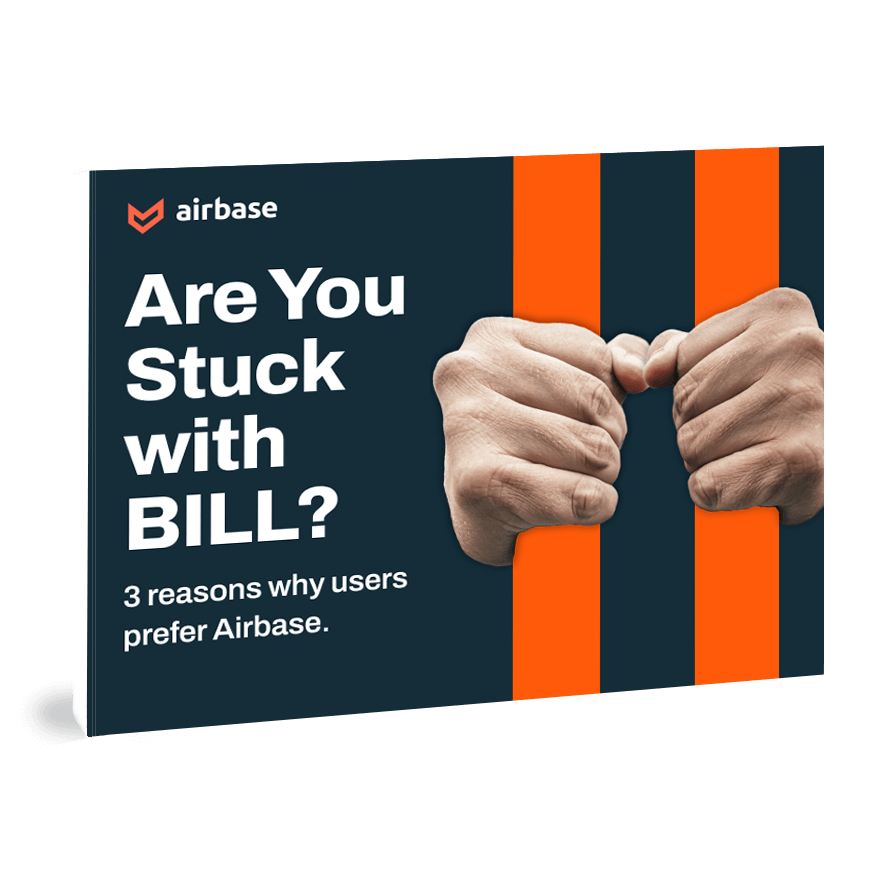The Definitive Guide to Spend Management
Get the full explanation of this rapidly evolving field. Learn how new technologies are being used to support better process orchestration.

What you’ll get:
It has been more than three years since this Guide was first published, and since then, spend management has matured significantly. Still, new advances continue today, as the category:
- Adopts AI to power some of its automation.
- Builds broader and deeper integrations.
- Extends the definition to include the needs of more stakeholders.
In this go-to guide, you’ll learn how spend management has been developed to meet the specific and complex needs of today’s mid-market and enterprise-level companies.
You’ll be introduced to the benefits of new spend management systems to determine if and what version of spend management is right for your organization.
What you’ll find in this Guide:
- What is spend management?
- The benefits of an innovative approach to spend management.
- Five critical areas that make up spend management.
- How spend management addresses complex workflows and accounting needs.
 Jira Integration – Streamline Your Workflows
Jira Integration – Streamline Your Workflows  Ironclad Integration – Simplify Legal Operations
Ironclad Integration – Simplify Legal Operations  Asana
Asana 



